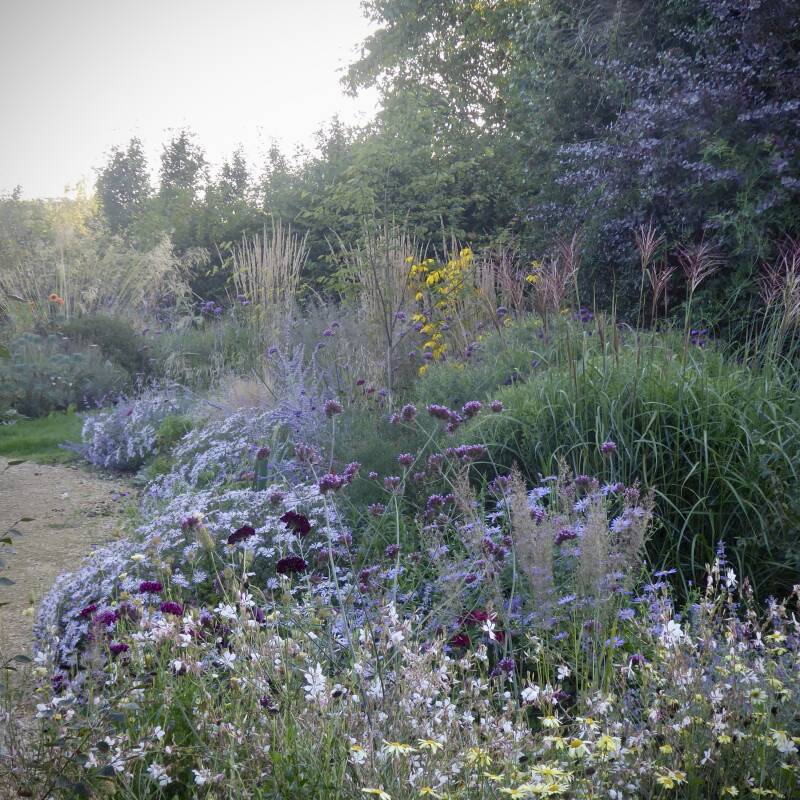Creeping Fig, Ficus pumila: “Tropical Ivy”
Like the title character in the classic thriller Dr. Jekyll and Mr. Hyde, creeping fig is both hailed as a model garden citizen and reviled as a bad-mannered thug. Admirers appreciate this evergreen climber’s rapid growth, which can make it invaluable as a ground cover and a reliable concealer of ugly fences and walls. But others decry its sometimes out-of-control spread and its unfortunate ability to damage some of the surfaces it clings to.


Creeping fig is a member of the Ficus genus which includes rubber trees, towering jungle banyans, and also the familiar domesticated trees that produce edible figs. It is a native of East Asia and is found on Japan’s southern islands, in eastern China, and in Vietnam. The species name pumila is derived from the Latin word pumilus, which means dwarf and refers to the miniature heart-shaped leaves produced by the plant in its immature stage.

This plant is hardy outdoors in zones 8 to 11 but can be easily grown as a houseplant in cooler climates. Indoors or out it has a special talent for topiary, happily covering tiny or huge wire forms to create living sculptures of animals or geometric shapes. While creeping fig will climb over virtually anything, it’s important to note that it attaches itself to topiary forms or fences (or your neighbor’s garage) via a powerful gum- like adhesive that can destroy some surfaces including wood and mortar and makes the vine virtually impossible to remove.

Cheat Sheet
- Mature creeping fig plants change from vertical to horizontal growth and produce leathery dark green leaves that are considered much less attractive than the tiny juvenile leaves.
- Because of its unusually rapid growth and its unattractive mature foliage, creeping fig should be pruned frequently both to remove the horizontal stems and to keep it under control generally.
- Although creeping fig can only be pollinated by the fig wasp, (Blastophaga pamila), it is easily propagated by cuttings as the vine will root wherever it touches soil.
Keep It Alive
- Not only does creeping fig not require rich soil, it also is less aggressive and easier to contain when it is planted in dry, less fertile soil.
- Creeping fig will grow in almost any light conditions from shade to sun.
- Water regularly when the vine is young but, after it is established, you can leave it in the hands of Mother Nature. It will do fine on its own, even in drought conditions.

Creeping fig plants grown outside and allowed to produce mature foliage will often yield fruit in the form of 3-inch pale green bells that ripen to a dark purple color. They are frequently listed as inedible but in fact the figs can be processed into a gel that is canned and sold in Asian markets as grass jelly or ai-yu jelly. One variety, Ficus pumila var. awkeotsang, is known as the Chinese Jello Vine. Its fruit can be eaten out of hand and it too can be processed into a gel. Known as ice jelly, it is a popular snack in Taiwanese markets when mixed with sweeteners and lemon or lime juice.
Trying to choose the right vine or climber for your garden? Read more:
- Vines & Climbers: A Field Guide to Planting, Care, and Design.
- And see our previous Gardening 101 posts on Ivy, Wild Grape Vine, and Wisteria.
Finally, get more ideas on how to successfully plant, grow, and care for a creeping fig with our Creeping Fig: A Field Guide.
Finally, get more ideas on how to plant, grow, and care for various vines and climbers with our Vines & Climbers: A Field Guide.








Have a Question or Comment About This Post?
Join the conversation